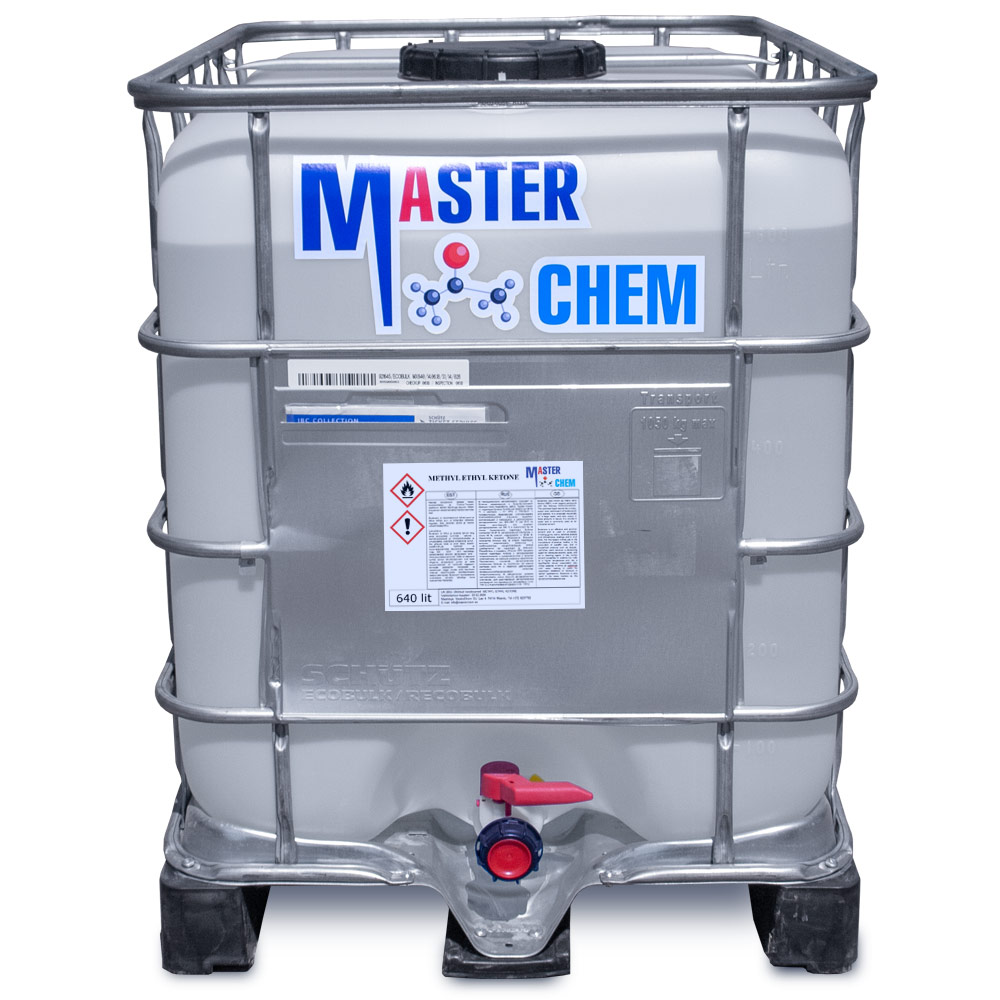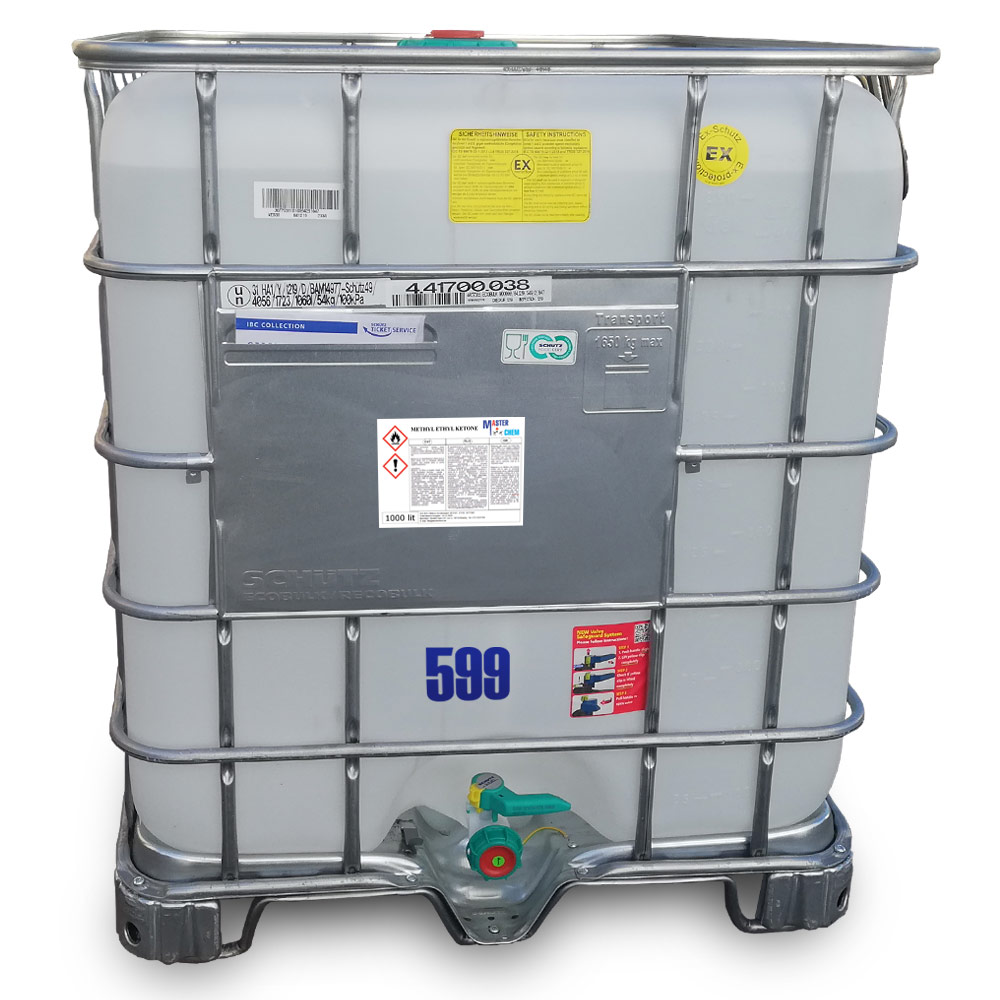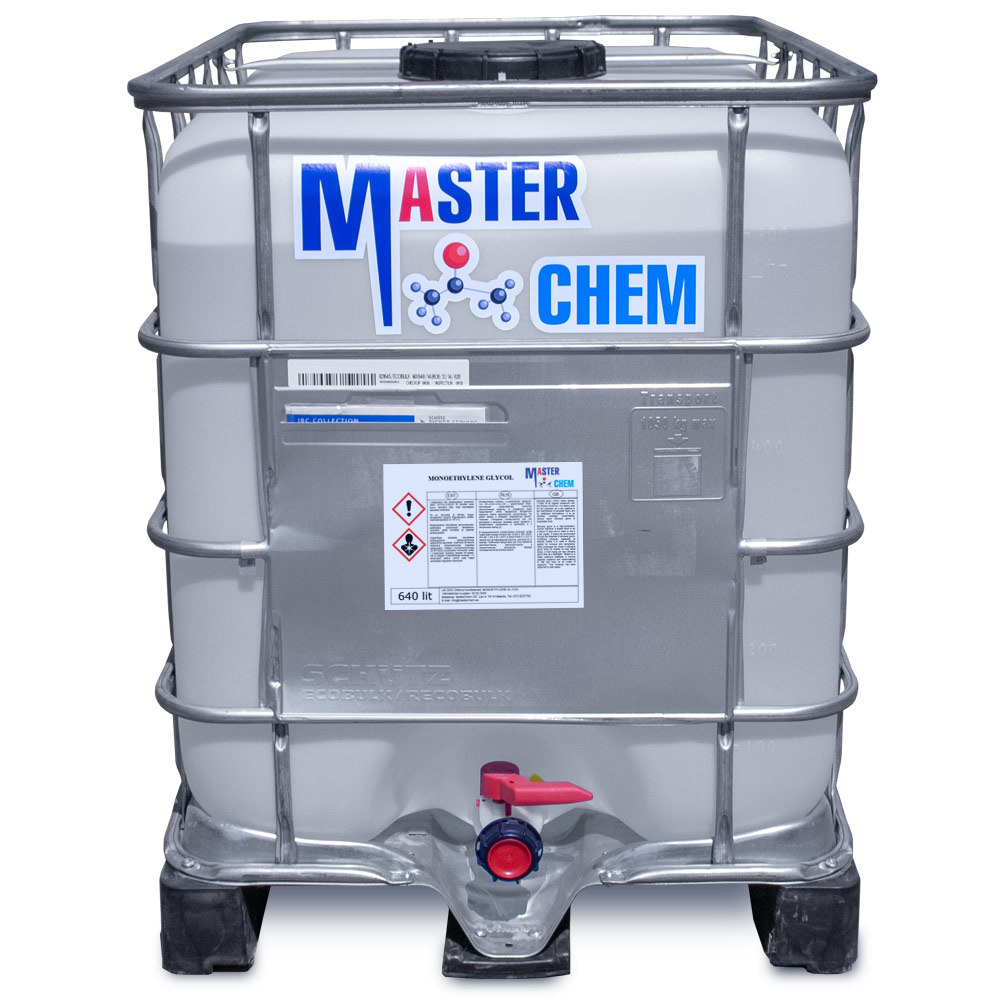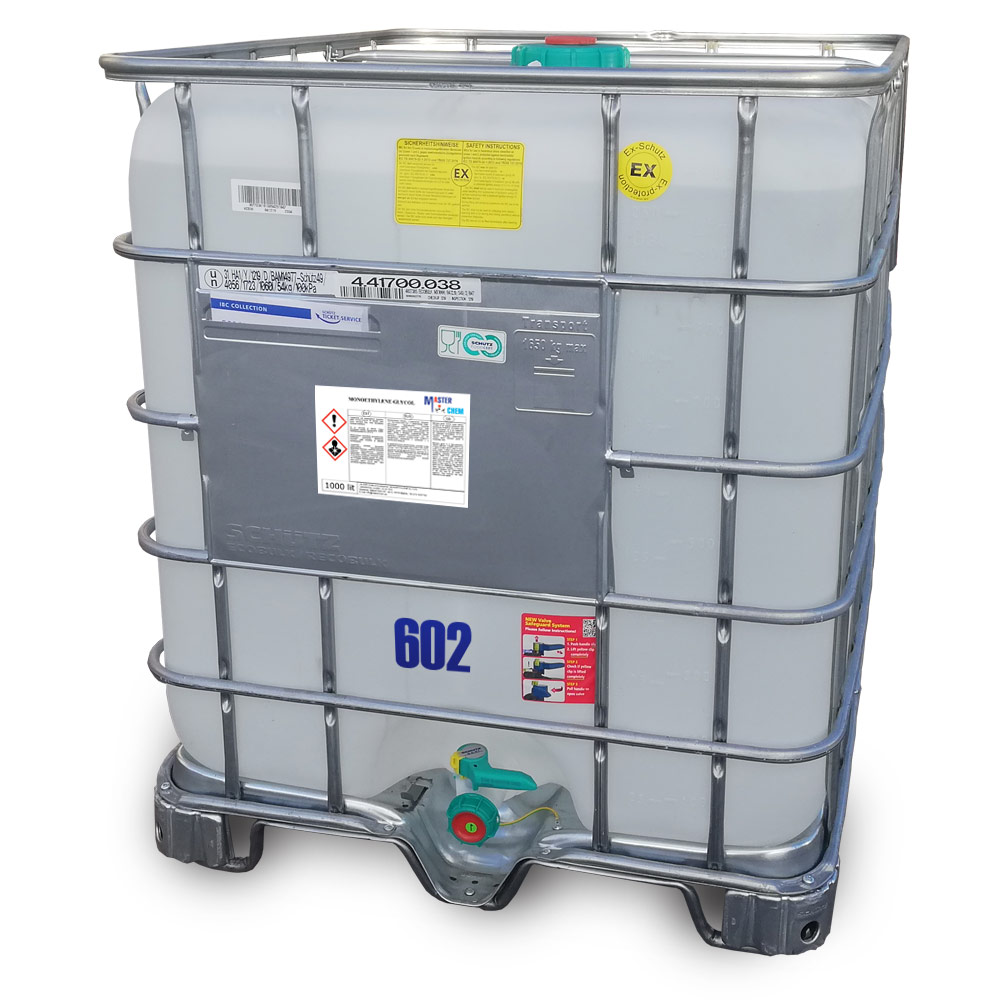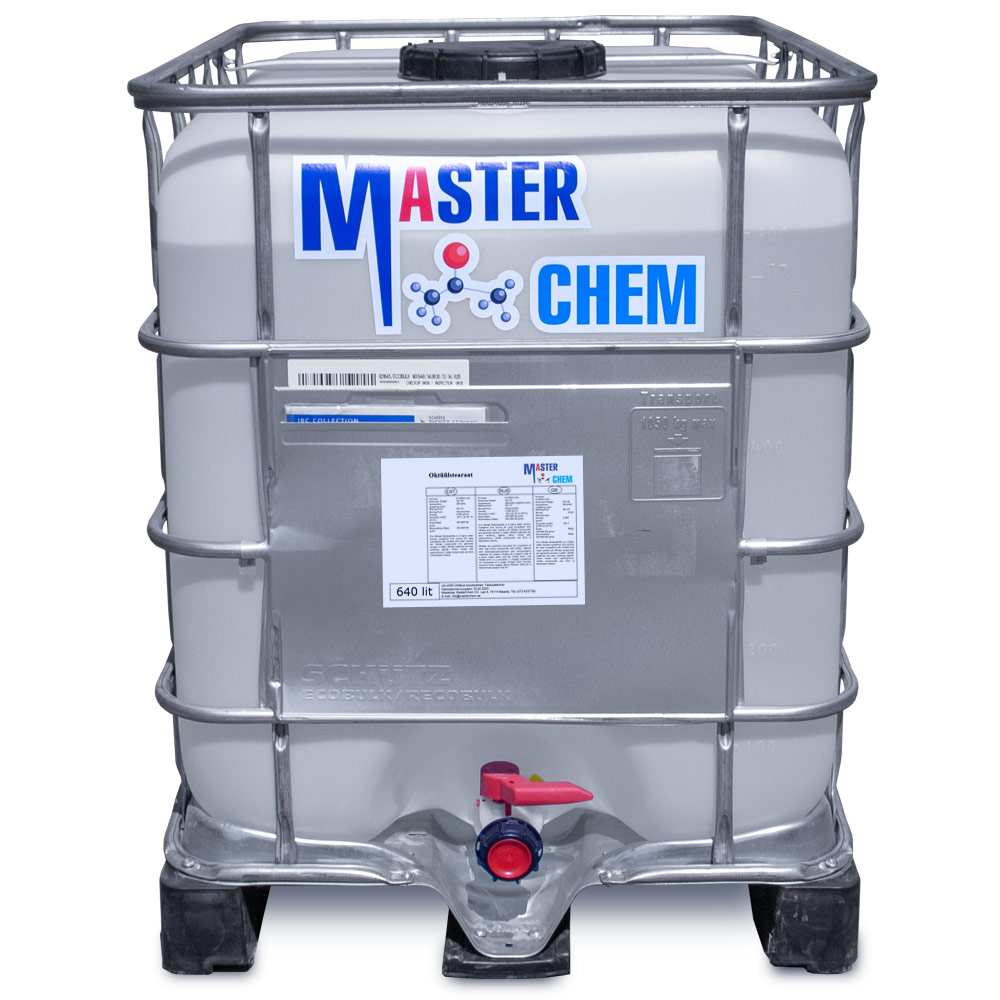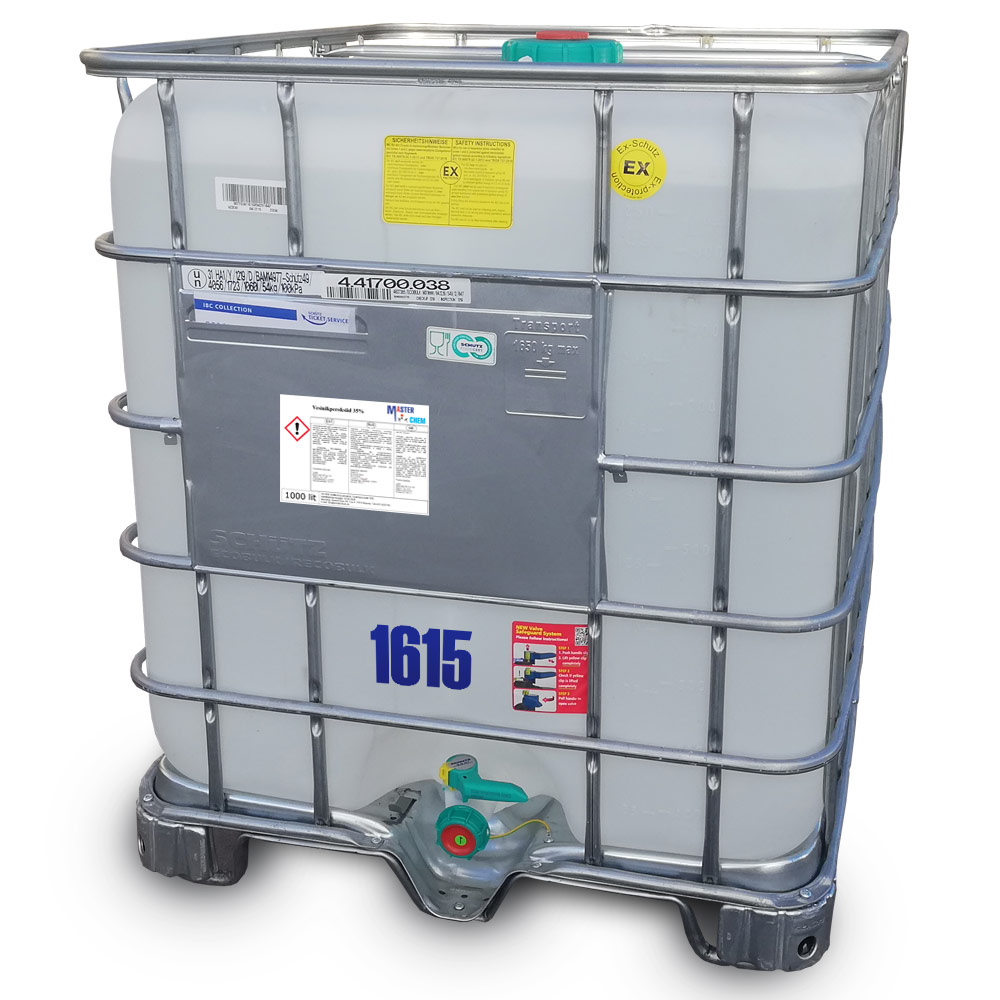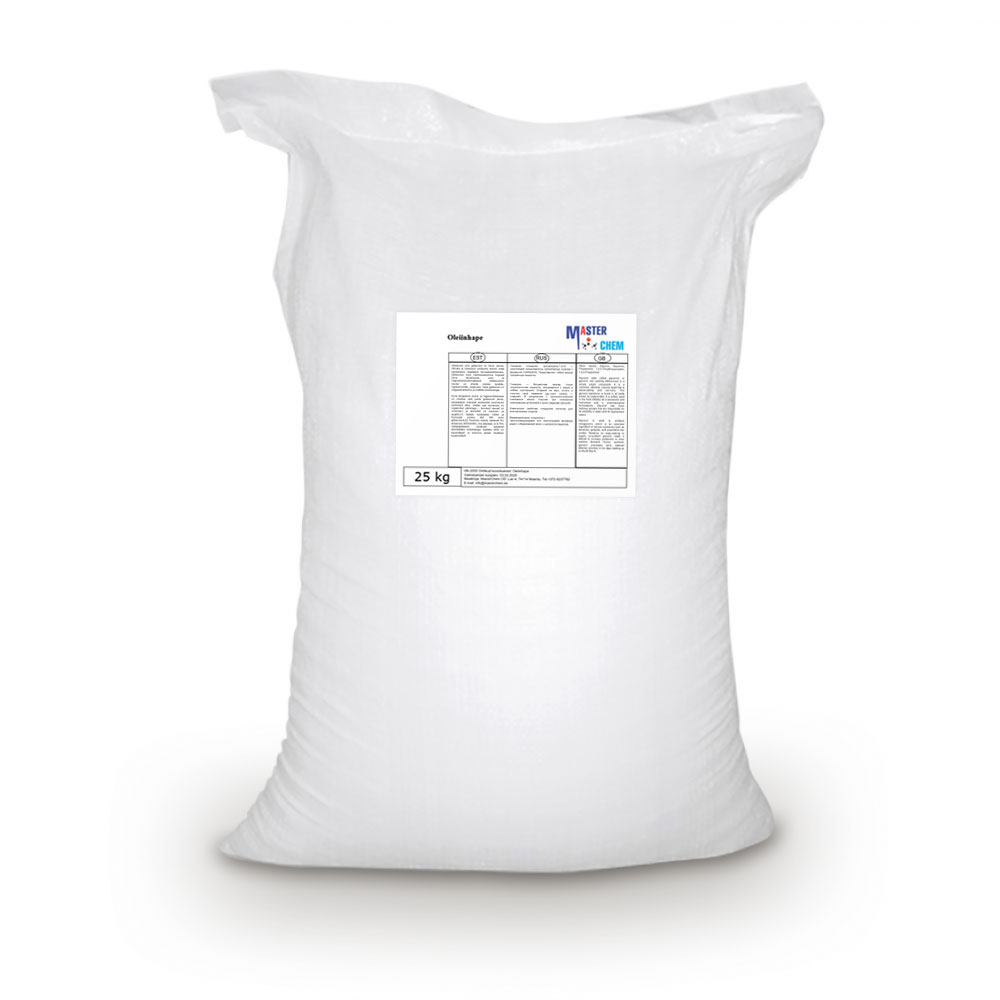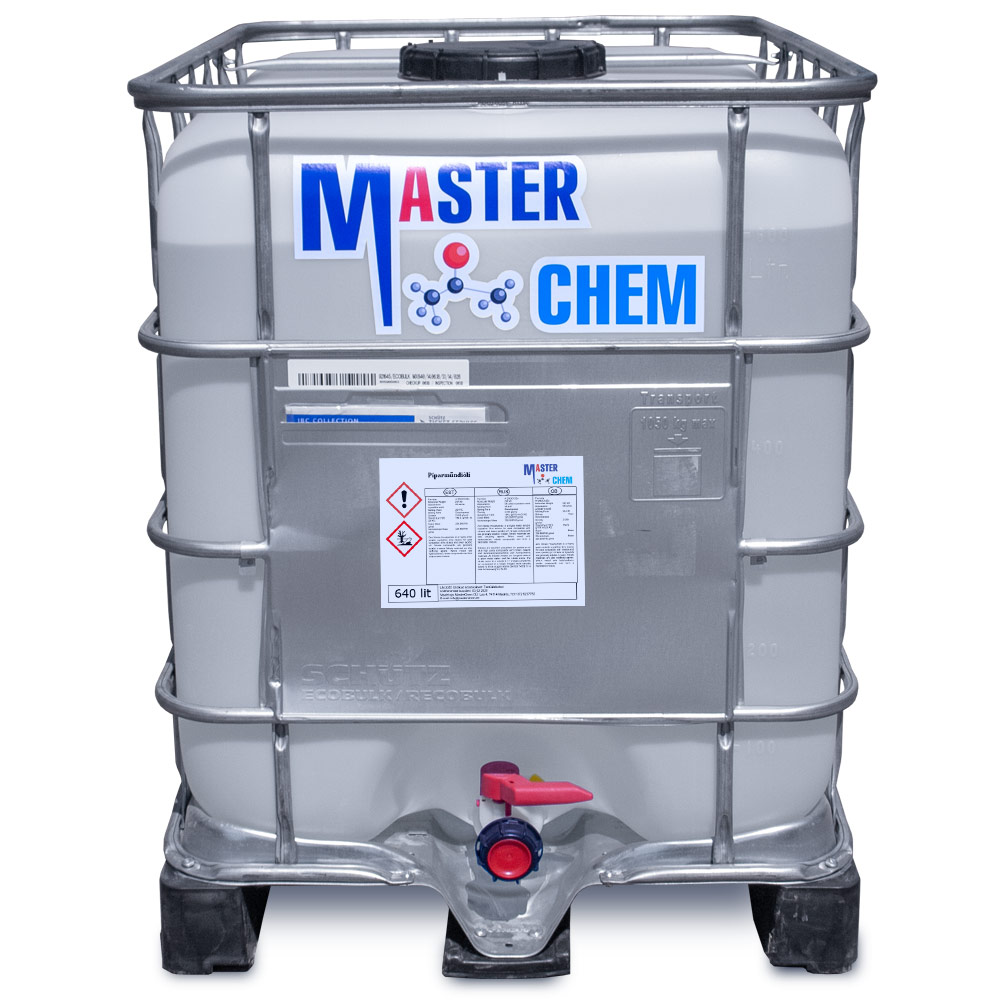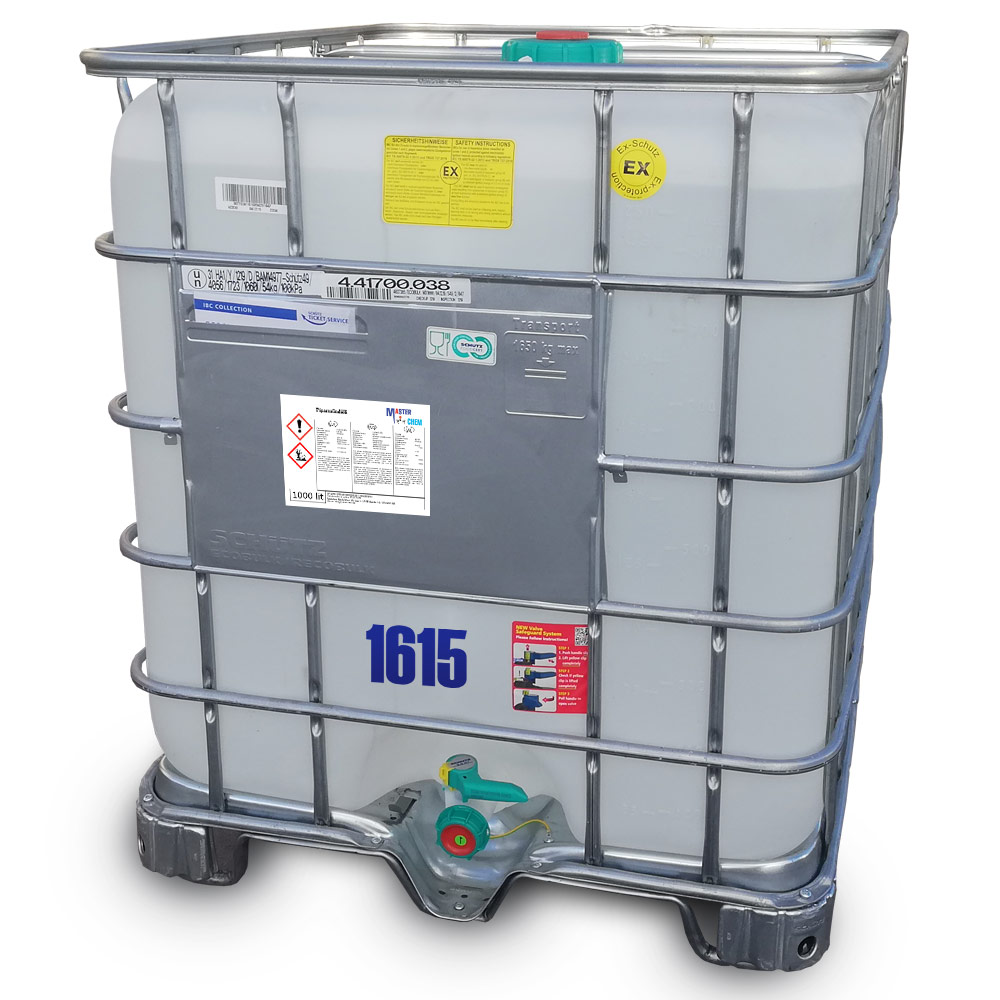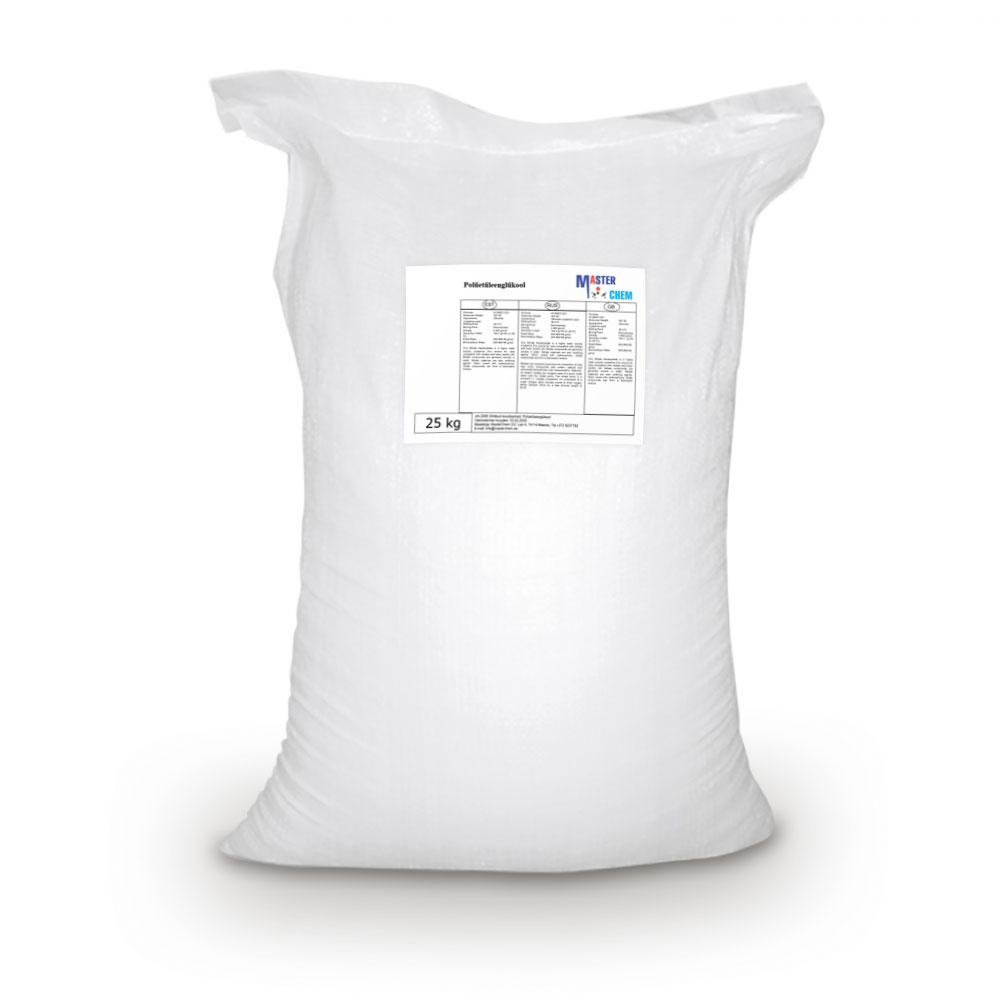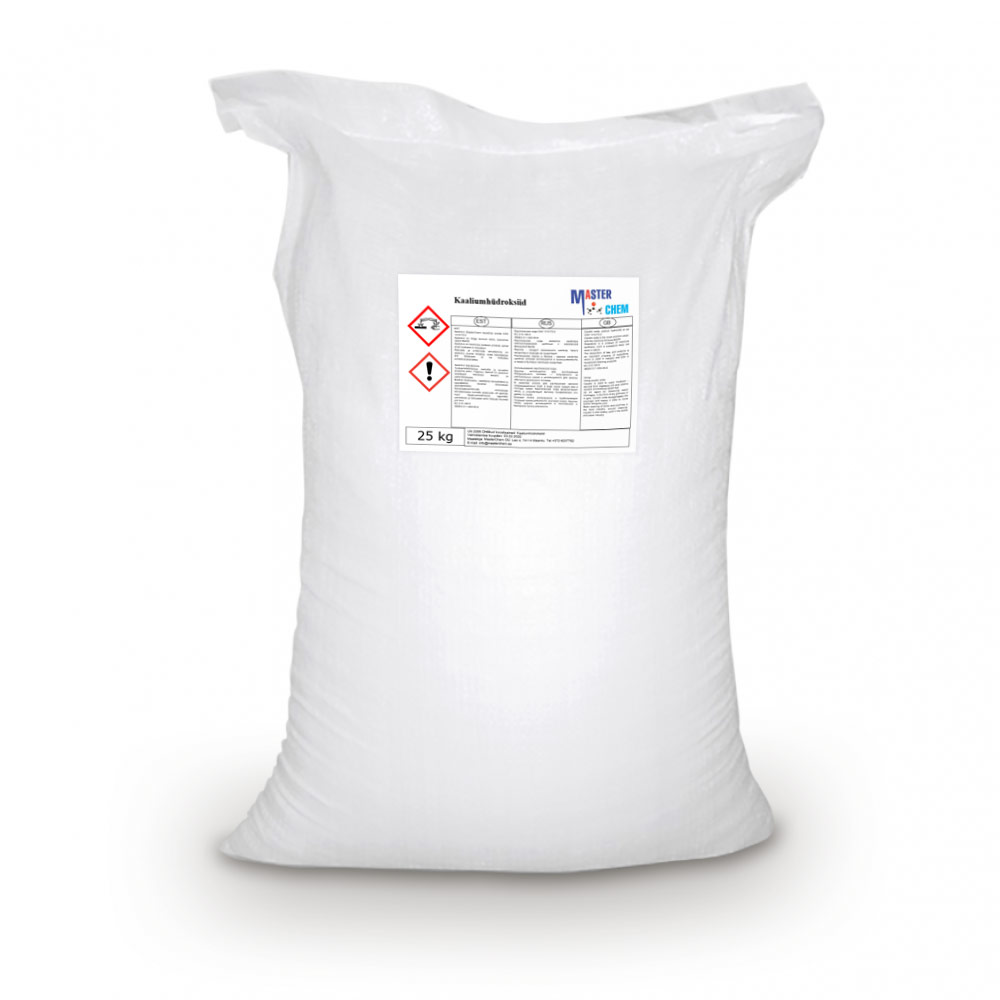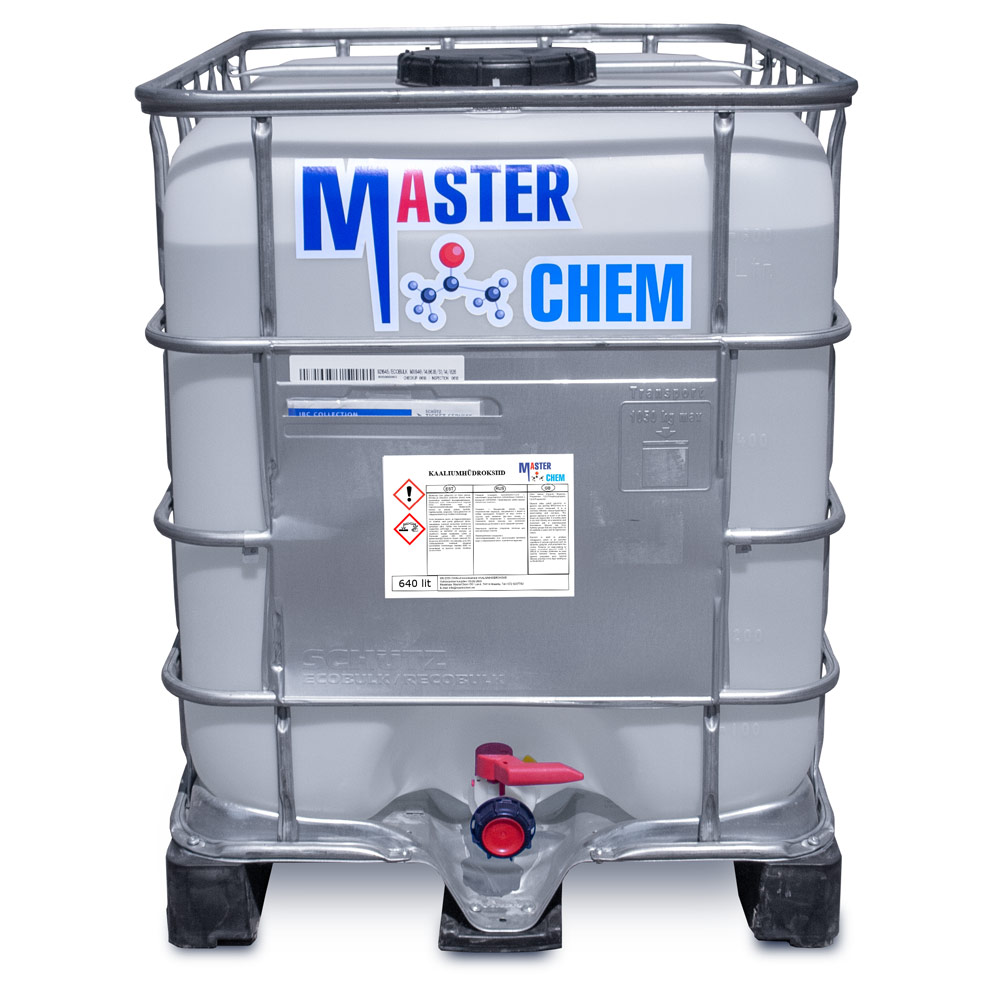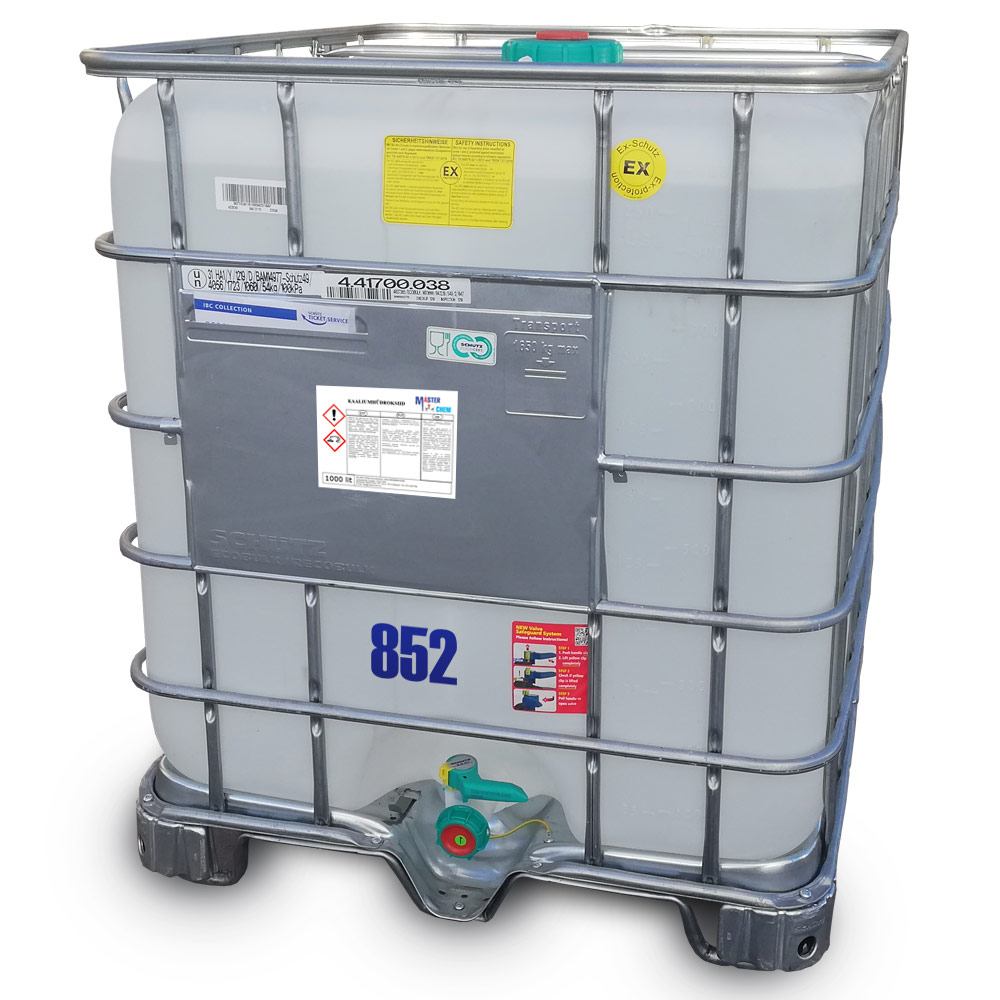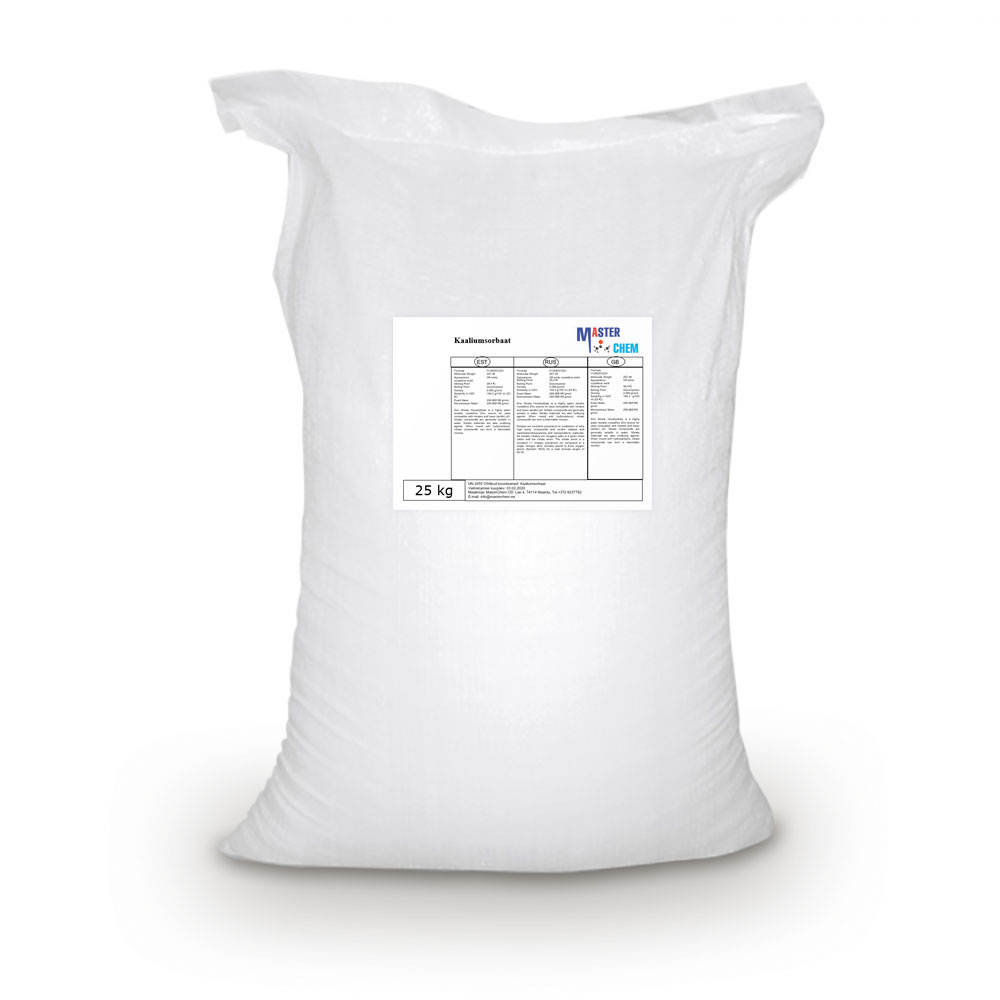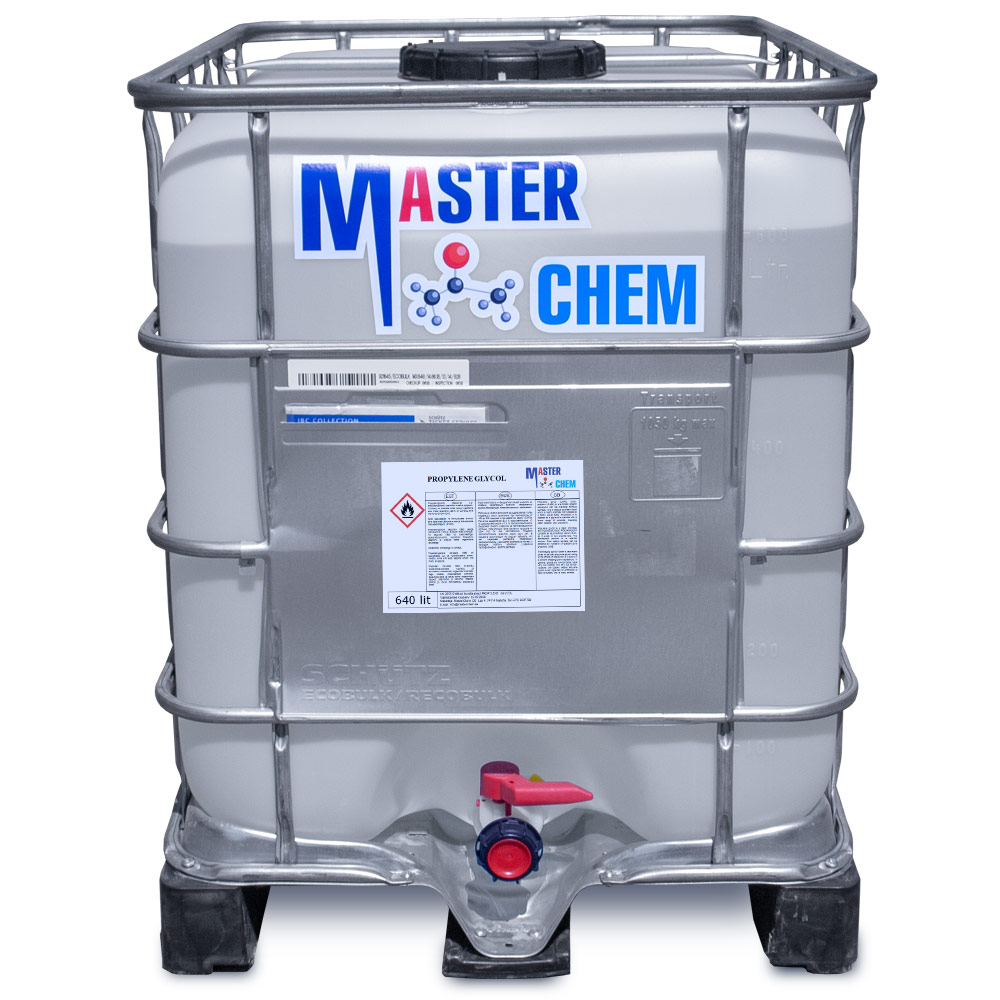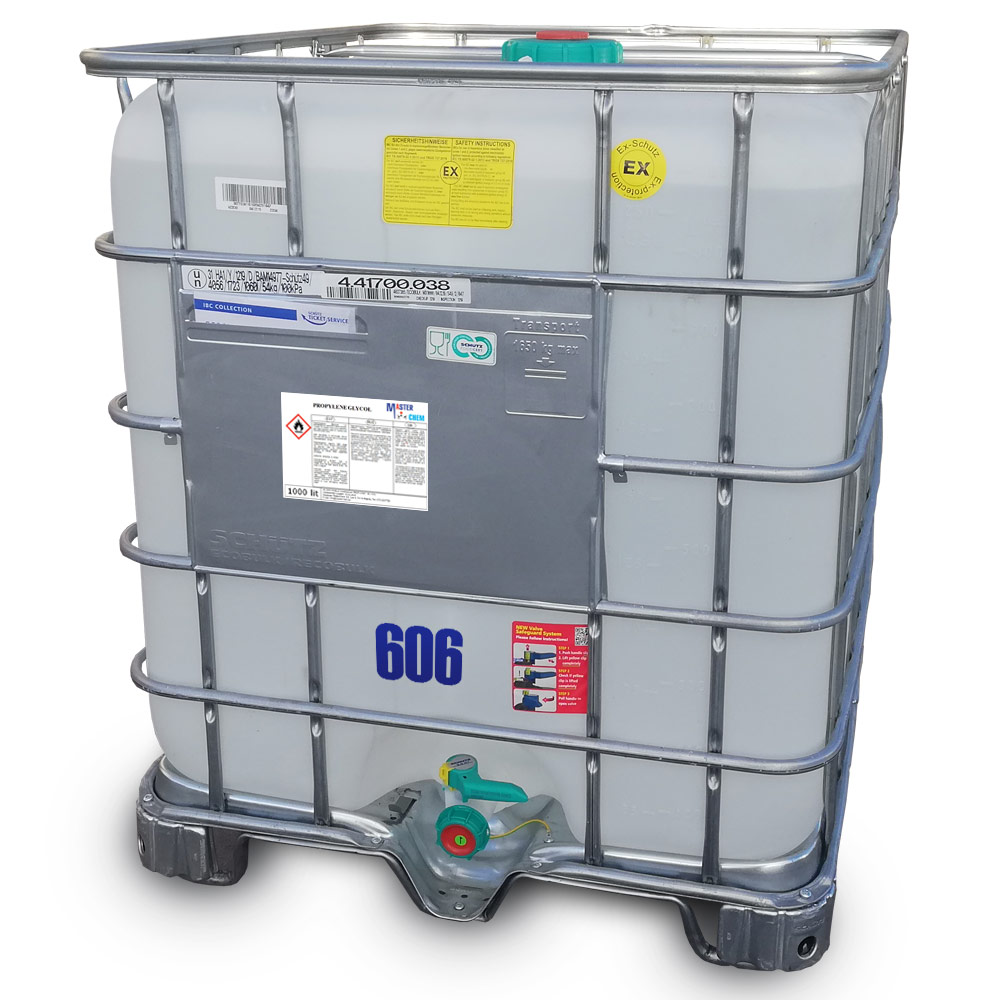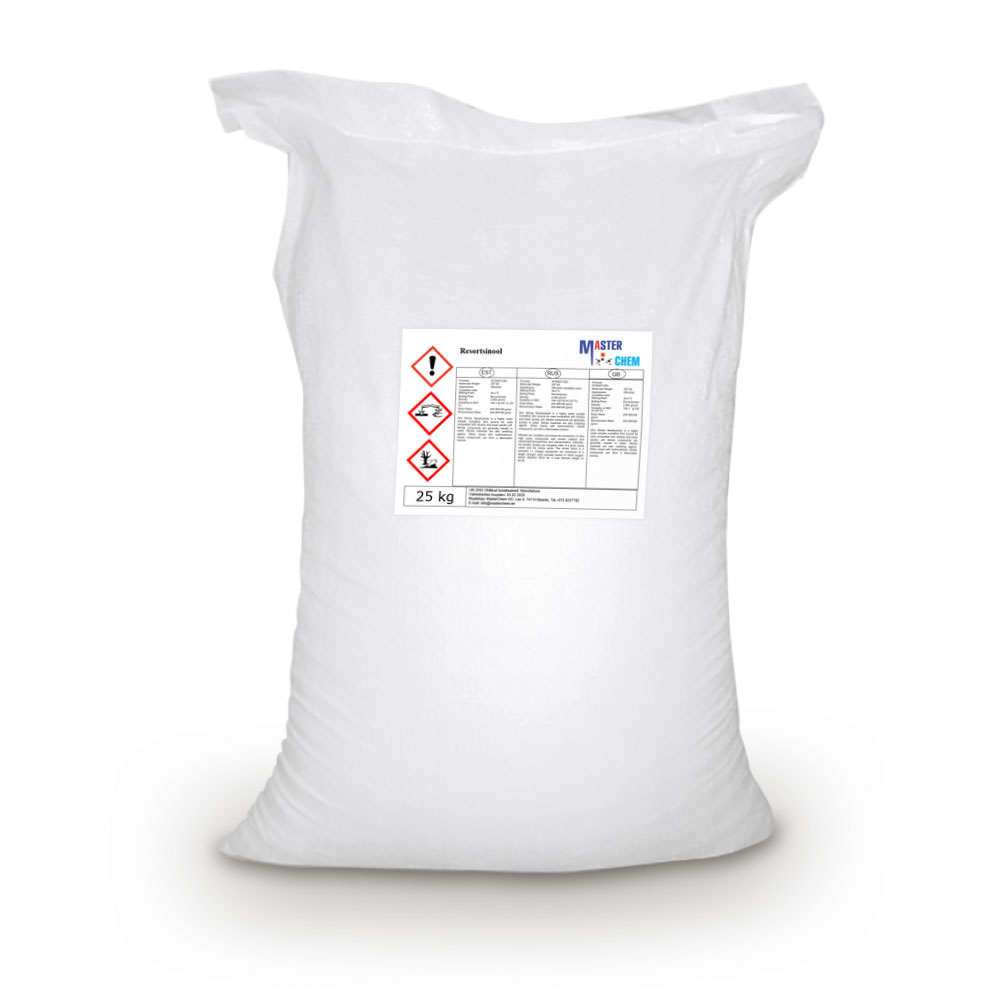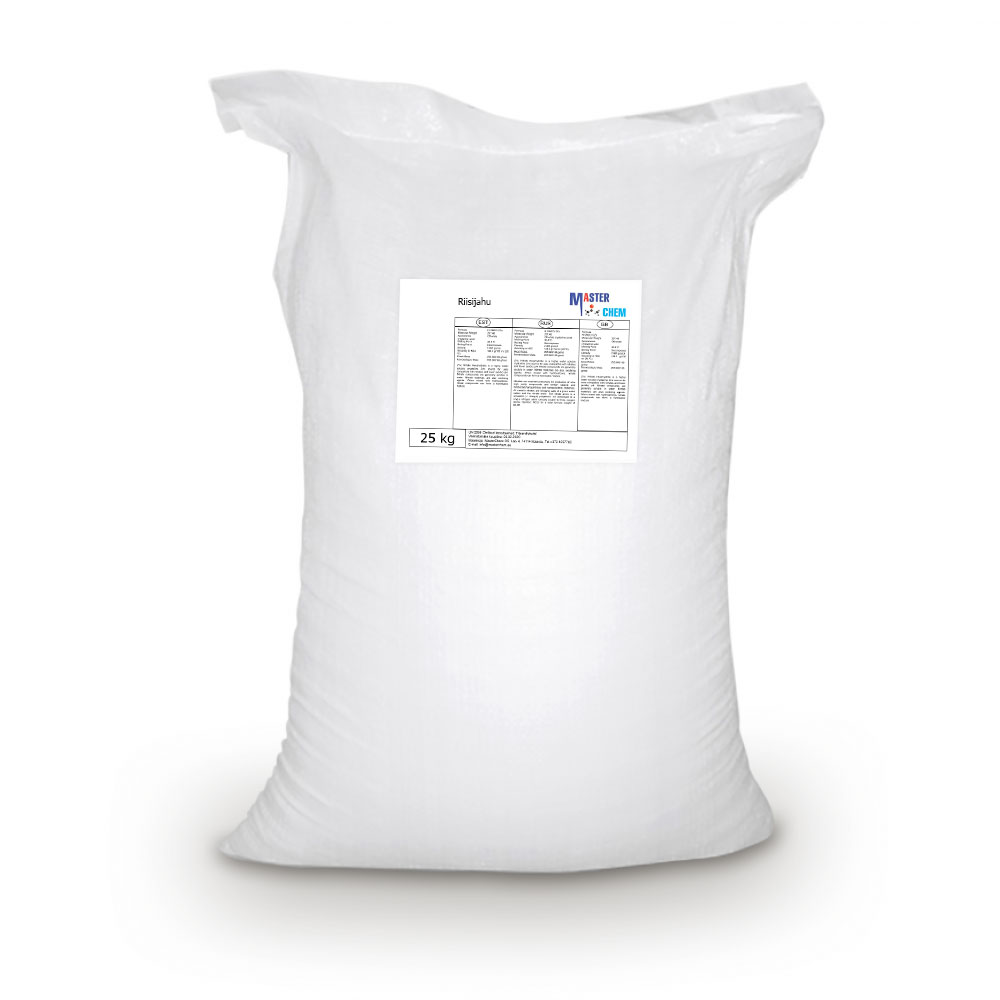Currently Empty: €0.00
Monoethylene glycol (CAS 107-21-1)
Monoethylene glycol is mainly used to make polyester, polyester resin, thinner, plasticizer, surfactant, synthetic fiber, cosmetics and explosives.
Monoethylene glycol can also be used as a paint/ink solvent, engine antifreeze, dehydrating agent. In addition, ethylene glycol can be used to make synthetic resin PET, fiber grade PET (polyfiber) and mineral water bottle chip grade PET.
Monoethylene glycol It can also be used to make hydramine resin, surfactant, oxalaldehyde and explosive. Furthermore, ethylene glycol can be used as an antifreeze.
Octyl stearate (CAS 22047-49-0)
Octyl stearate (CAS 22047-49-0)
Emollient; Superfatting oil; EP agent; Lubricant for PVC, textile spin finishes, metalworking; plasticizer/solvent for paper coatings, metalworking fluids; emollient, moisturizer, lubricant, spreading agent, detackifier, solubilizer, gloss agent, pigment wetting agent/dispersant for cosmetics, pharmaceutical topicals
Oleic acid (CAS 112-80-1)
Oleic acid (CAS 112-80-1)
Oleic acid is a fatty acid that occurs naturally in various animal and vegetable fats and oils. It is an odorless, colorless oil, although commercial samples may be yellowish. In chemical terms, oleic acid is classified as a monounsaturated omega-9 fatty acid, abbreviated with a lipid number of 18:1 cis-9. It has the formula CH3(CH2)7CH=CH(CH2)7COOH. The name derives from the Latin word oleum, which means oil. It is the most common fatty acid in nature. The salts and esters of oleic acid are called oleates.
Peppermint oil (CAS 90063-97-1)
Peppermint oil (CAS 90063-97-1)
Peppermint oil is extensively used as a carminative, antiseptic, and local anesthetic in cold, cough, and other preparations (lozenges, syrups, ointments, tablets, etc.). Enteric coated peppermint oil capsules have been examined as a useful treatment for irritable bowel syndrome; enteric coating allows oil to reach colon in an unmetabolized state; treatment is contraindicated with meals and in achlorhydria. Peppermint oil has been recommended as an adjunct to colonoscopy; a diluted suspension of the oil is sprayed on the endoscope to reduce colonic spasm.
Polyethylene glycol 200 (CAS 25322-68-3)
Polyethylene glycol 200 (CAS 25322-68-3)
Polyethylene glycol (PEG; /ˌpɒliˈɛθəlˌiːn ˈɡlaɪˌkɒl, -ˌkɔːl/) is a polyether compound derived from petroleum with many applications, from industrial manufacturing to medicine. PEG is also known as polyethylene oxide (PEO) or polyoxyethylene (POE), depending on its molecular weight. The structure of PEG is commonly expressed as H−(O−CH2−CH2)n−OH.
Because PEG is a hydrophilic molecule, it has been used to passivate microscope glass slides for avoiding non-specific sticking of proteins in single-molecule fluorescence studies.
Polyethylene glycol has a low toxicity and is used in a variety of products. The polymer is used as a lubricating coating for various surfaces in aqueous and non-aqueous environments.
Potassium hydroxide (flakes) (CAS 1310-58-3)
Potassium hydroxide, Lye, Custic potash, KOH
Potassium hydroxide, also known as lye is an inorganic compound with the chemical formula KOH. Also commonly referred to as caustic potash. It is used in various chemical, industrial and manufacturing applications. Potassium hydroxide is also a precursor to other potassium compounds. Potassium hydroxide is used in food to adjust pH, as a stabilizer, and as a thickening agent.
In addition to the above uses, potassium hydroxide is also used in making soap, as an electrolyte in alkaline batteries and in electroplating, lithography, and paint and varnish removers. Liquid drain cleaners contain 25 to 36% of potassium hydroxide.
Potassium hydroxide (flakes/pears) (CAS 1310-58-3)
Potassium hydroxide is an inorganic compound with the formula KOH, and is commonly called caustic potash.
Along with sodium hydroxide (NaOH), this colorless solid is a prototypical strong base. It has many industrial and niche applications, most of which exploit its caustic nature and its reactivity toward acids. An estimated 700,000 to 800,000 tonnes were produced in 2005. KOH is noteworthy as the precursor to most soft and liquid soaps, as well as numerous potassium-containing chemicals. It is a white solid that is dangerously corrosive. Most commercial samples are ca. 90% pure, the remainder being water and carbonates.
CAS: 1310-58-3
Potassium sorbate (CAS 24634-61-5)
Potassium sorbate (CAS 24634-61-5)
Potassium sorbate is the potassium salt of sorbic acid, chemical formula CH3CH=CH−CH=CH−CO2K. It is a white salt that is very soluble in water (58.2% at 20 °C). It is primarily used as a food preservative (E number 202). Potassium sorbate is effective in a variety of applications including food, wine, and personal-care products. While sorbic acid occurs naturally in some berries, virtually all of the world’s supply of sorbic acid, from which potassium sorbate is derived, is manufactured synthetically.
Propylene glycol (CAS 57-55-6)
Other names: α-Propylene glycol, 1,2-Propanediol, 1,2-Dihydroxypropane, Methyl ethyl glycol (MEG), Methylethylene glycol
Propylene glycol (IUPAC name: propane-1,2-diol) is a synthetic organic compound with the chemical formula C3H8O2. It is a viscous colorless liquid which is nearly odorless but possesses a faintly sweet taste. Chemically it is classed as a diol and is miscible with a broad range of solvents, including water, acetone, and chloroform.
CAS: 57-55-6
Resorcinol (CAS 108-46-3)
Resorcinol (CAS 108-46-3)
Resorcinol (or resorcin) is an organic compound with the formula C6H4(OH)2. It is one of three isomeric benzenediols, the 1,3-isomer (or meta-isomer). It is a white, water-soluble solid.
Resorcinol crystallizes from benzene as colorless needles that are readily soluble in water, alcohol, and ether, but insoluble in chloroform and carbon disulfide.
Resorcinol is mainly used in the production of resins. As a mixture with phenol, it condenses with formaldehyde to afford adhesives.

